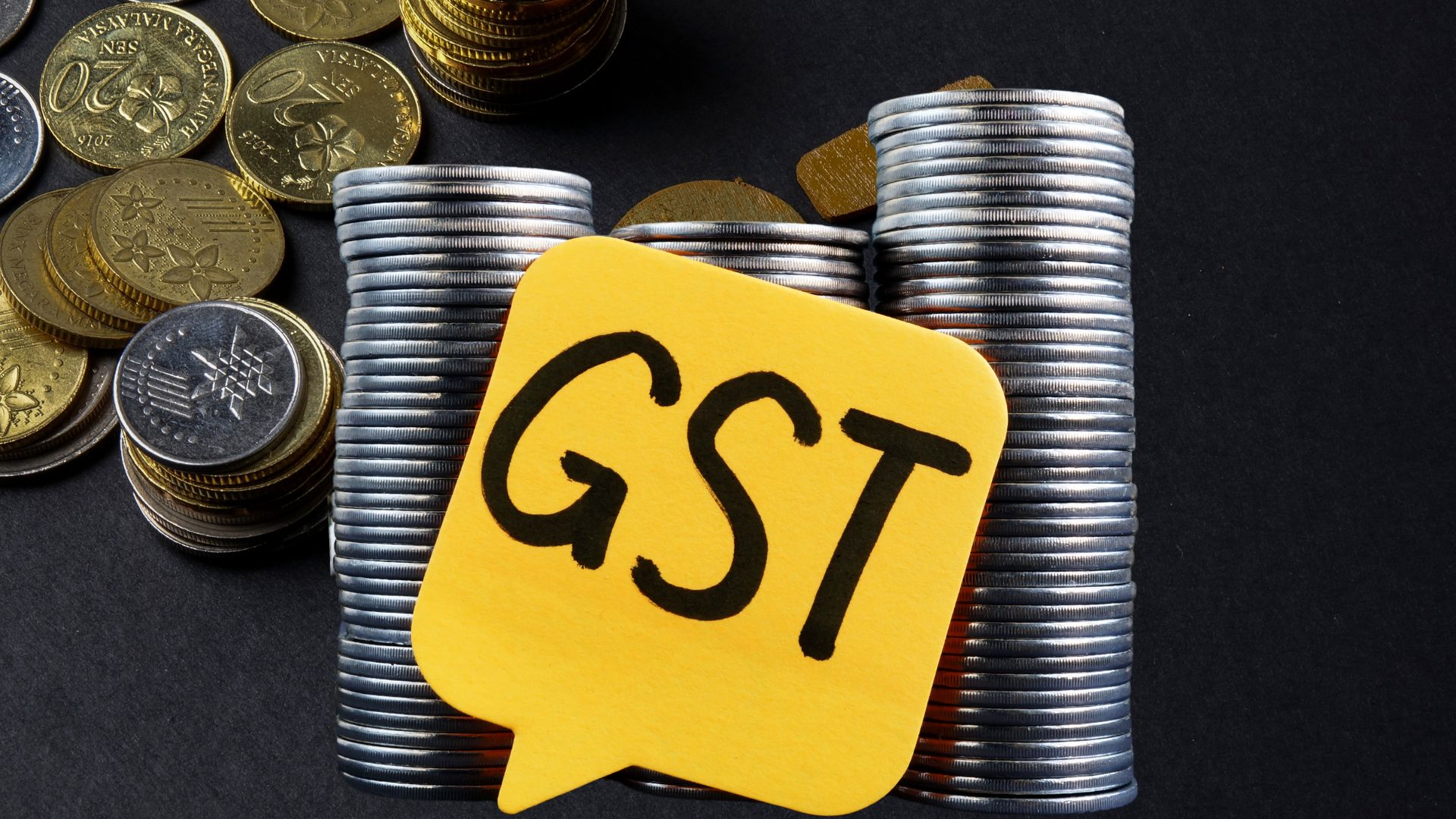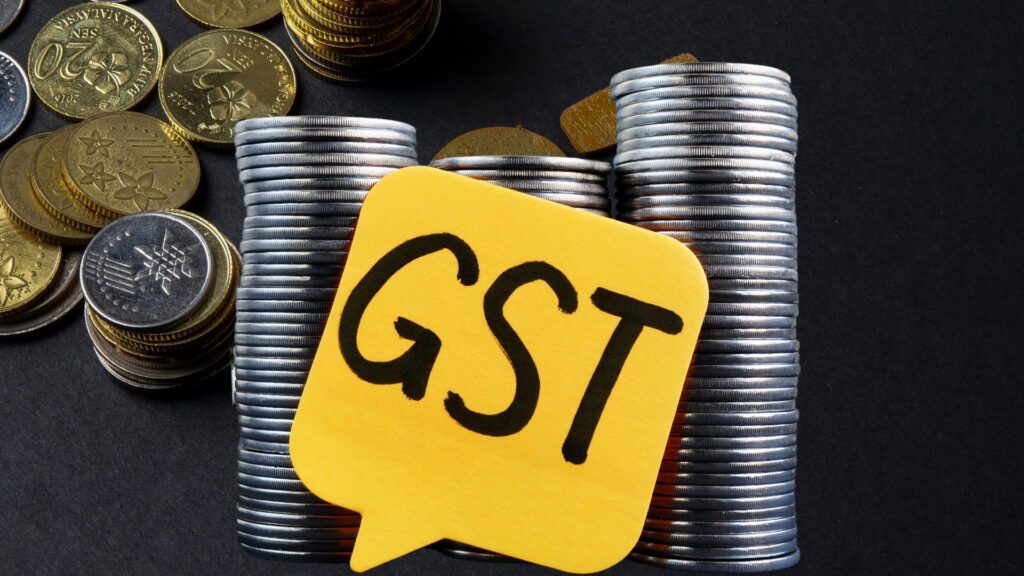
14 Feb Identifying Counterfeit Invoices within the GST Framework

The implementation of the Goods and Services Tax (GST) has undoubtedly streamlined taxation processes, enhancing efficiency and transparency in financial transactions. However, alongside these improvements, there has been a surge in the proliferation of fake invoices within the GST system, posing a significant threat to its integrity. In this comprehensive guide, we will delve into the methods for detecting counterfeit invoices within the GST framework, along with the mechanisms employed by authorities to combat this escalating issue. Additionally, we will discuss the penalties associated with the issuance of fake invoices under GST.
Methods Employed by Fraudsters to Generate Fake GST Invoices:
- Fabrication of Transactions: Fraudsters create invoices for goods and services that were never actually supplied, fabricating transactions that never occurred.
- Establishment of Ghost Suppliers and Shell Companies: This involves setting up fictitious businesses that exist only on paper, serving as purported suppliers to generate fake invoices.
- Collusion with Internal Personnel: In certain cases, individuals within organizations may collude with external parties to generate fake invoices for personal gain.
- Inflation of Transaction Values: Fraudsters may manipulate prices on invoices to inflate the real value of transactions, thereby exaggerating the amount payable.
- Forgery of Documents: This tactic involves the forgery of documents, including invoices and other relevant paperwork, to alter key information and perpetrate fraudulent activities.
- Exploitation of Complex Supply Chains: In cases involving intricate supply chains, fraudsters exploit transactions to create confusion and obfuscate fraudulent activities.
Steps for Identifying Fake Invoices within the GST Framework:
- Verification of GST Identification Numbers (GSTIN): Ensure that the GSTIN of suppliers and recipients is genuine and adheres to the format specified by GST authorities. Cross-check details on the GST Portal to confirm authenticity.
- Validation of Supplier Details: Verify the supplier's name, residential address, and contact information, cross-referencing with official records to ascertain legitimacy.
- Review of Transaction Information: Scrutinize transaction details including descriptions of goods/services, prices, quantities, etc., to identify any discrepancies.
- Detection of Duplicate Invoices: Check for instances where the same invoice number is used for multiple transactions, as this may indicate fraudulent activities.
- Examination of Supporting Documents: Verify supporting documents such as delivery challans, purchase orders, and contracts for consistency with tax invoices, flagging any inconsistencies as potential red flags for fraud.
- Validation of Tax Calculations: Ensure accuracy in tax calculations, including GST amounts, as incorrect or unusually low tax amounts may signal fake invoices.
- Inspection for Incomplete or Blank Invoices: Incomplete or blank invoices lacking essential information or business logos may lack authenticity and warrant further investigation.
- Assessment of Digital Signatures: Verify the authenticity of digital signatures, ensuring they are from authorized signatories and valid.
Penalties for Issuing Fake GST Invoices:
The penalties for availing Input Tax Credit (ITC) through fake invoices under GST are categorized based on the amount involved:
- If ITC availed exceeds Rs 1 Crore but does not exceed Rs 2 Crore, imprisonment for up to one year and a fine may be imposed.
- If ITC availed exceeds Rs 2 Crore but does not exceed Rs 5 Crore, imprisonment for up to three years and a fine may be imposed.
- If ITC availed exceeds Rs 5 Crore, imprisonment for up to five years along with a fine may be imposed.
- In cases where taxpayers are involved in any of the above offenses, imprisonment for up to six months or a fine, or both, may be imposed.
In conclusion, as organizations navigate GST compliance, vigilance against fake invoices is paramount. This guide equips stakeholders with the necessary strategies to detect and prevent fraudulent activities within the GST framework. By embracing technology and fostering a culture of compliance, we can safeguard the integrity of the GST system, ensuring ongoing transparency and accountability in financial practices.


No Comments